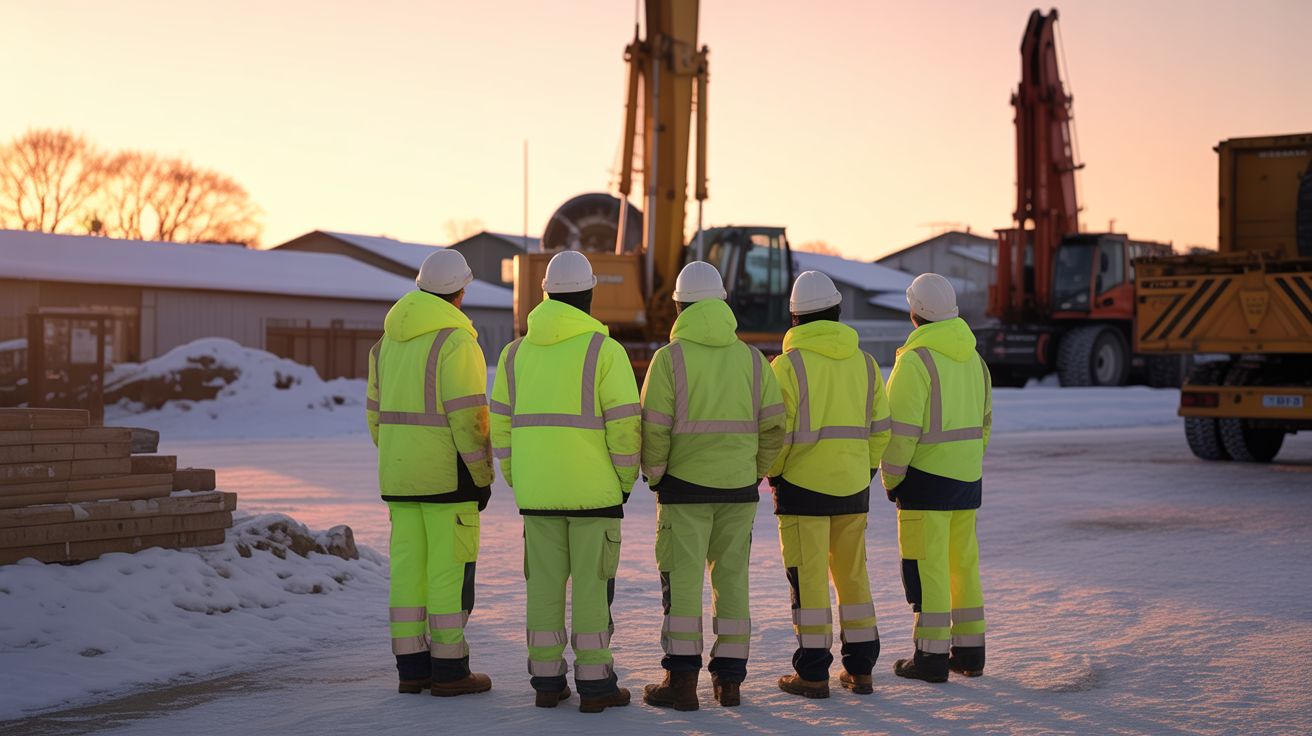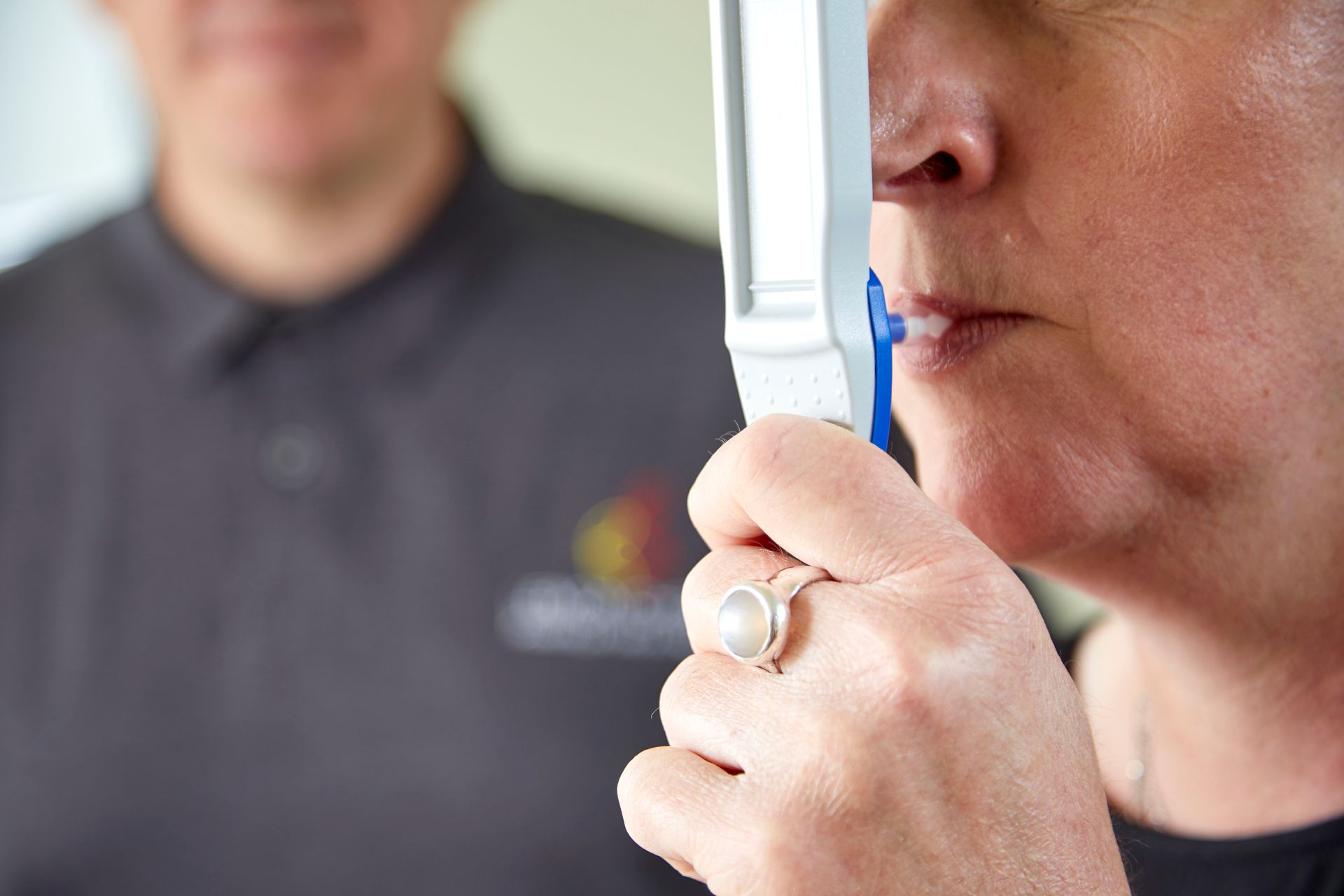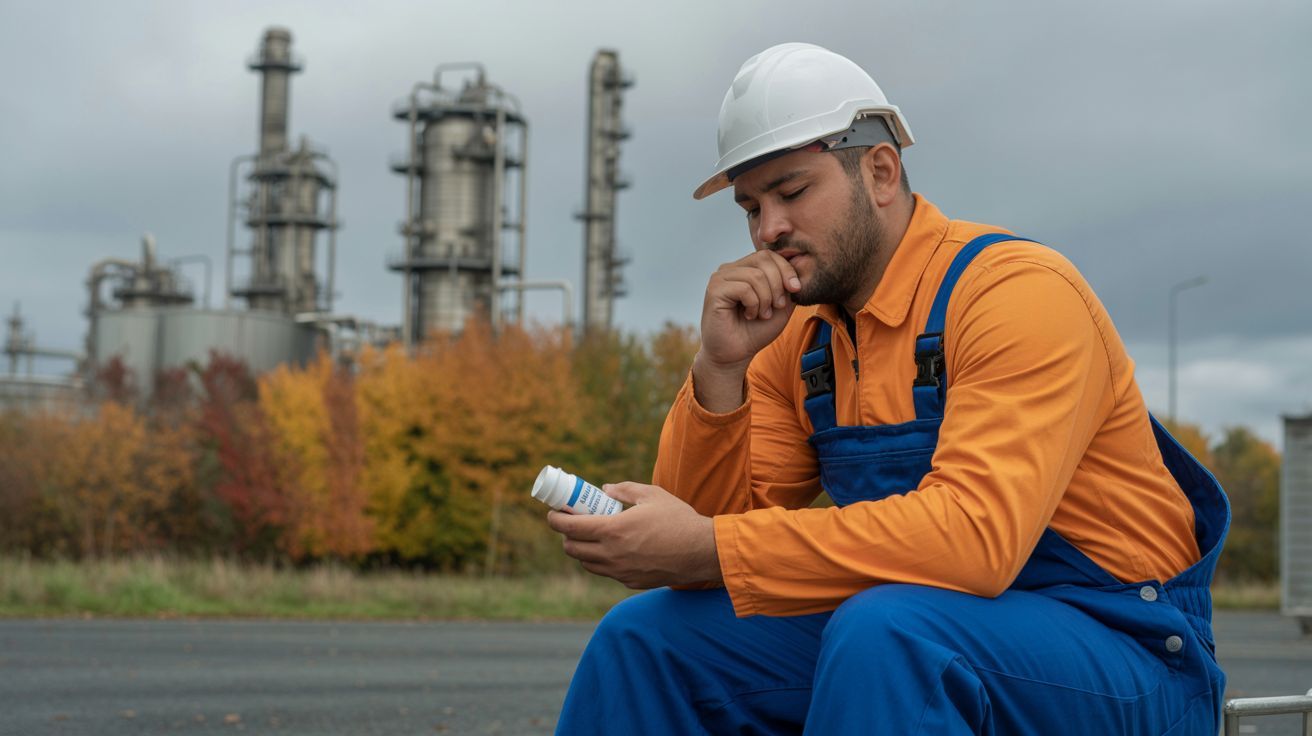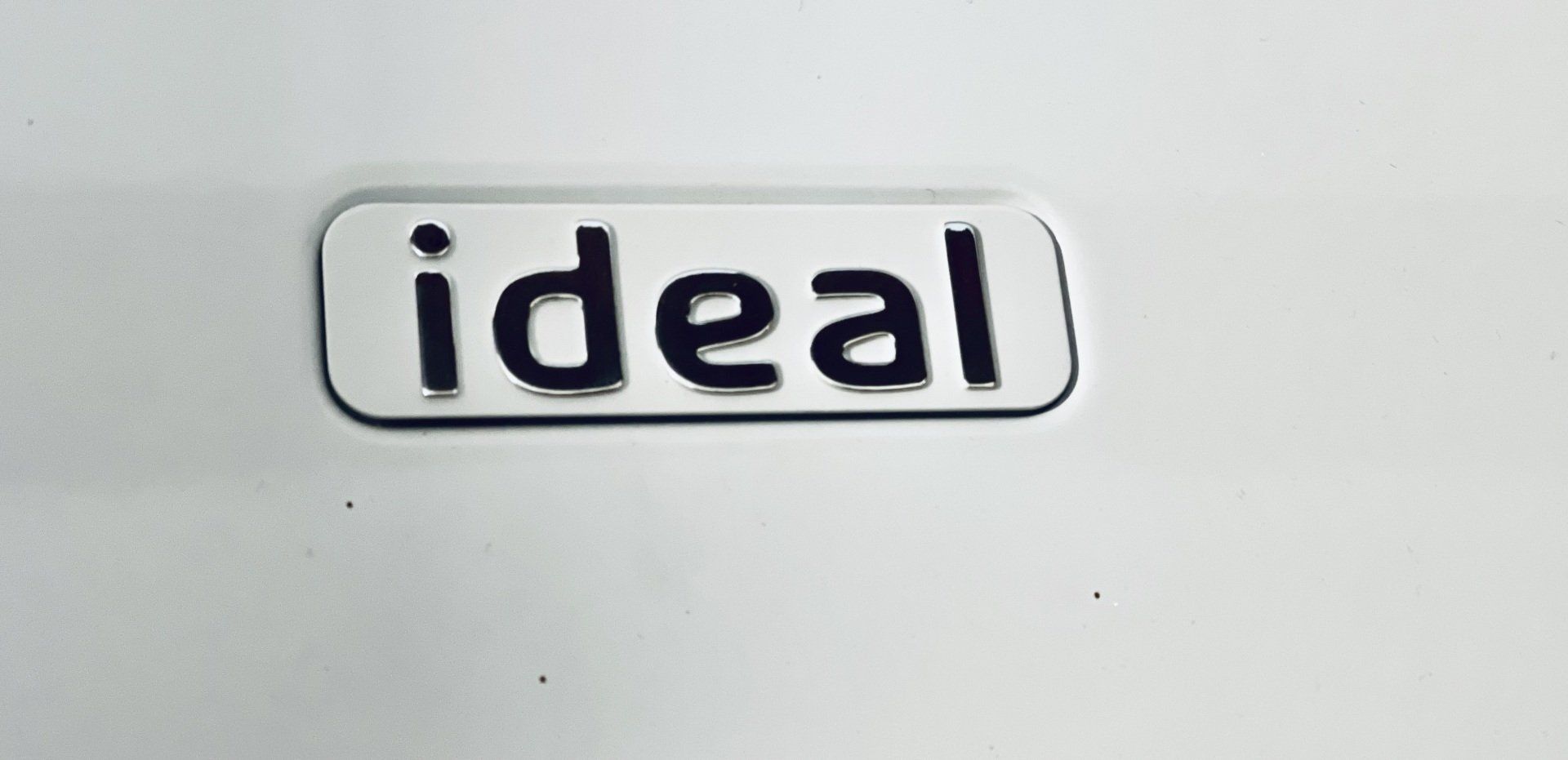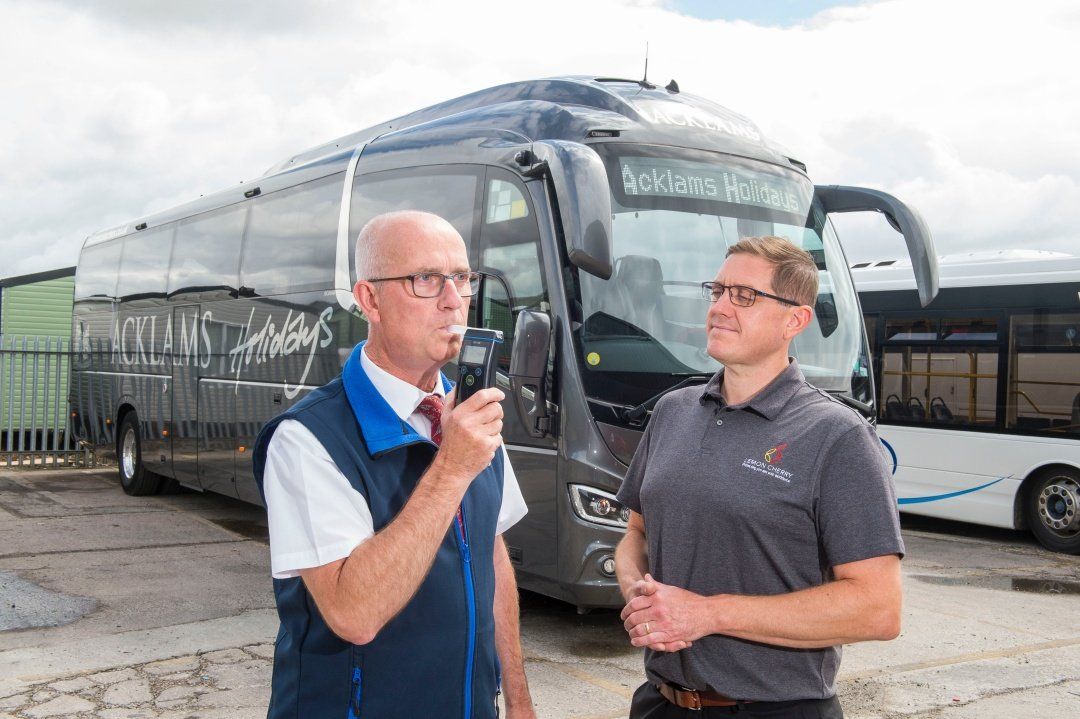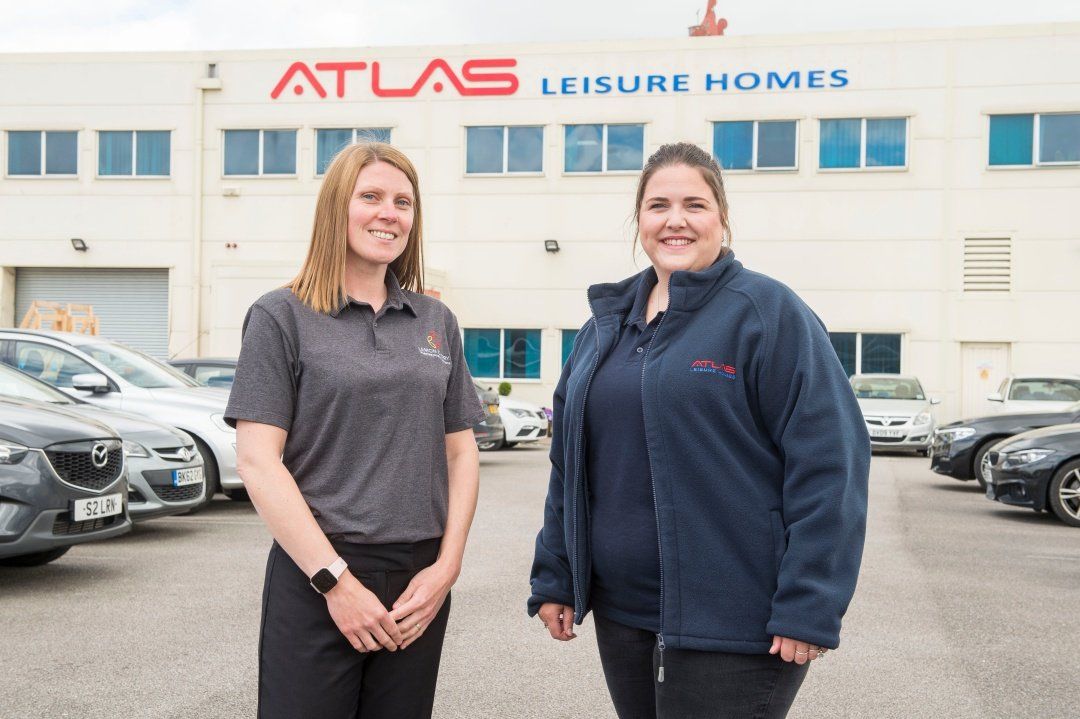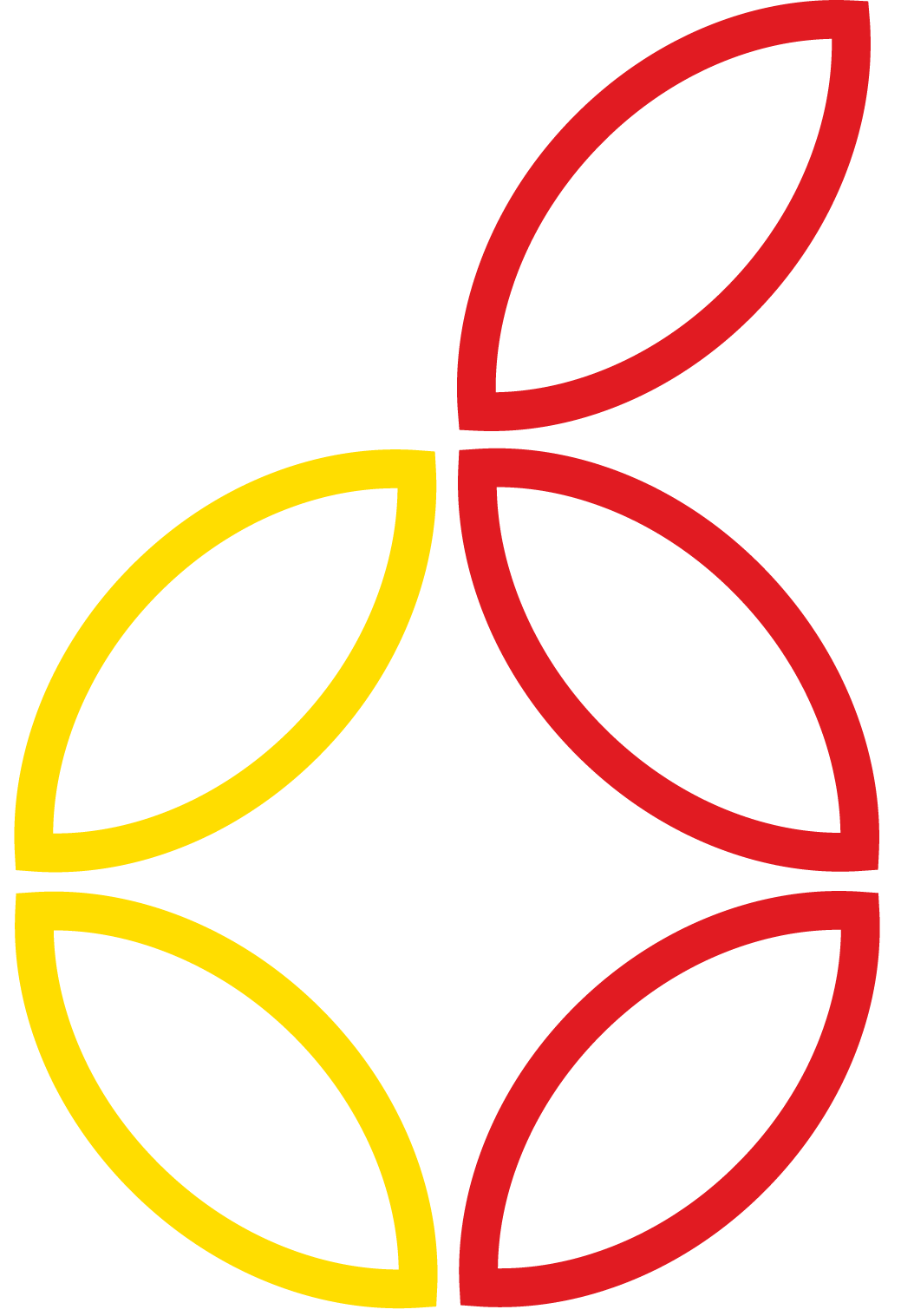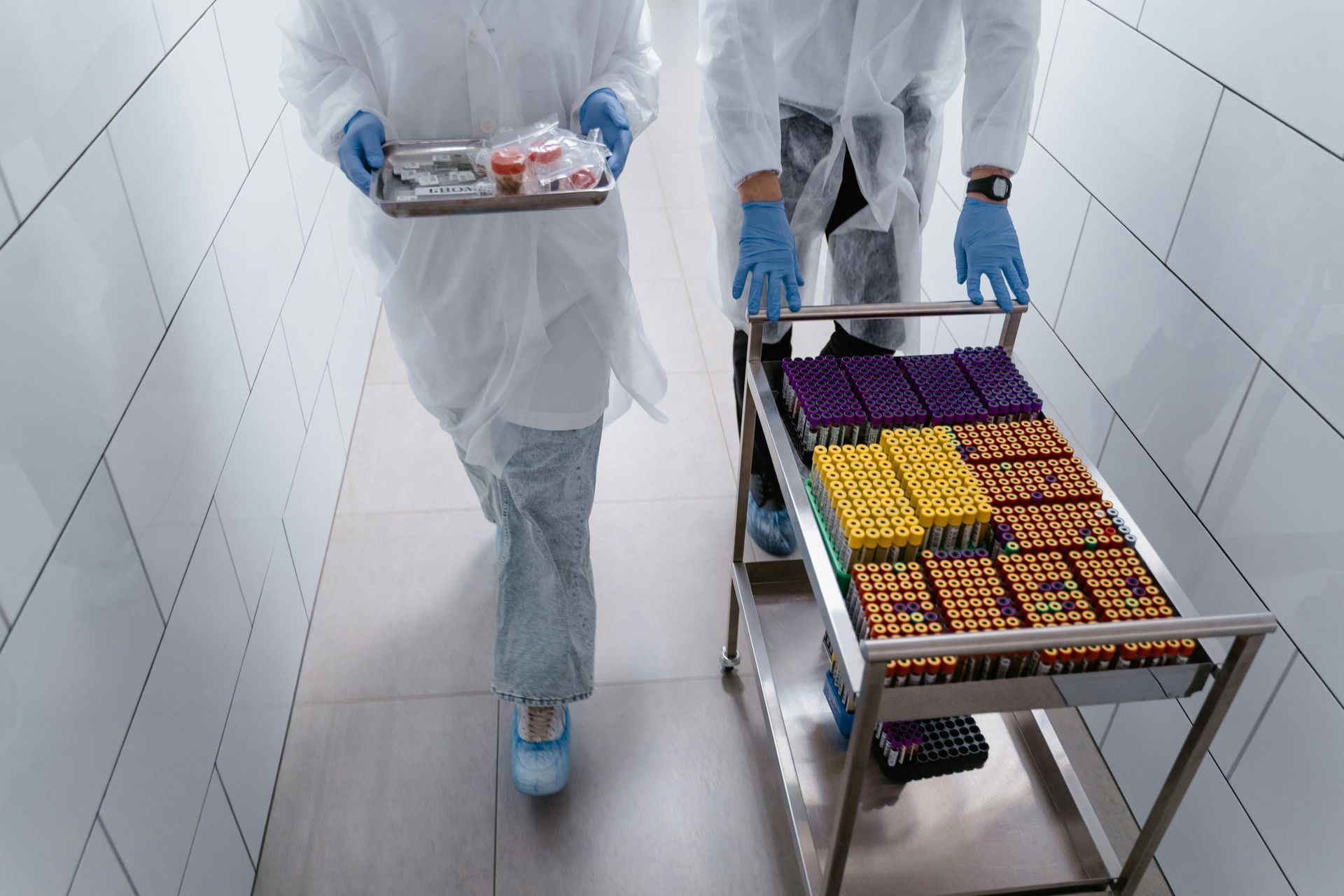
Safety problems don't announce themselves.
They lurk beneath the surface, waiting for the perfect moment to emerge.
And when they do? The costs are staggering.
The Hidden Price of Reactive Safety Management
Most companies respond to workplace safety issues only after something goes wrong.
This reactive approach seems cheaper at first glance.
But is it really?
Consider this: workplace incidents involving drugs or alcohol don't just happen out of nowhere. They build up gradually, with warning signs that go unnoticed or ignored.
When an incident finally occurs, you're not just dealing with the immediate aftermath. You're facing a cascade of expenses:
- Lost productivity from work stoppages
- Potential legal liabilities
- Increased insurance premiums
- Damage to equipment or property
- Harm to company reputation
- Decreased staff morale
These costs add up quickly, often reaching tens of thousands of pounds for even a single serious incident.
The Proactive Alternative That Saves Money
Smart businesses are shifting to proactive safety approaches.
Why?
Because prevention is always less expensive than cure.
A proactive safety approach means identifying and addressing potential risks before they cause harm. For drug and alcohol risks specifically, this includes:
- Regular policy reviews and updates
- Scheduled screening programs
- Management awareness training
- Clear communication about expectations
- Support systems for employees who need help
These measures create multiple layers of protection that catch problems early, when they're still manageable.
Real Results from Real Companies
One of our manufacturing clients implemented a proactive screening program last year after experiencing three safety incidents in six months.
The result?
Zero incidents in the 12 months since implementation.
Their insurance premiums decreased by 15%, and productivity increased by 8% due to fewer work disruptions.
Another client in the transport sector invested in management awareness training. Within three months, supervisors had successfully identified five situations that could have led to serious incidents – before any harm occurred.
The Three Pillars of Proactive Safety
Creating an effective proactive approach isn't complicated, but it does require commitment. Focus on these three areas:
1. Prevention Systems
- Establish regular screening schedules that everyone understands and expects. This normalizes the process and removes the stigma.
- Create clear policies that explain consequences but also offer support pathways.
- Use Home Office approved equipment for reliable results that stand up to scrutiny.
2. People Awareness
- Train managers to recognize warning signs early.
- Educate employees about the impacts of substance misuse on safety.
- Build a culture where speaking up about concerns is encouraged, not punished.
3. Continuous Improvement
- Review incidents and near-misses to identify system weaknesses.
- Update policies based on real-world experiences.
- Celebrate improvements in safety metrics to reinforce positive behaviours.
Making the Shift: Where to Start
Transitioning from reactive to proactive safety management doesn't happen overnight.
Start with these practical steps:
- Assess your current approach honestly
- Identify your biggest risk areas
- Develop a structured screening program
- Train your management team
- Communicate changes clearly to all staff
Remember that consistency matters more than perfection. A simple system that's followed consistently will outperform a complex one that's irregularly applied.
The Bottom Line: Prevention Pays
The mathematics of workplace safety is simple:
Prevention < Reaction
Every pound invested in proactive safety measures typically saves £3-£5 in potential incident costs.
Beyond the financial benefits, proactive approaches create workplaces where people feel valued and protected. This leads to better retention, higher productivity, and stronger company culture.
Isn't that worth investing in?
Ready to Build Your Proactive Safety Approach?
At Lemon Cherry, we've helped hundreds of businesses across high-risk sectors develop effective, confidential screening programs that prevent incidents before they happen.
Our team brings decades of experience in safeguarding and investigations, using Home Office approved equipment that delivers reliable results you can trust.
Want to learn how a proactive approach could work in your specific environment?
Contact us today for a confidential consultation.


